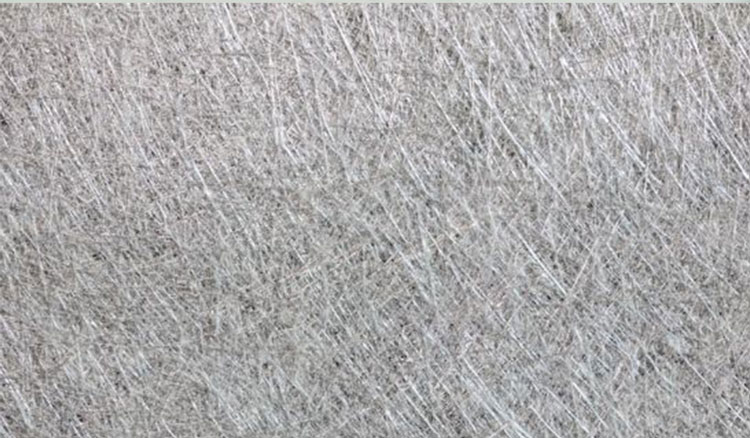Memory foam mattresses have become ubiquitous with a comfortable night’s sleep in most homes around the world.
Since memory foam was invented by a NASA scientist in the 60’s, it has gone through a few different modifications to meet certain needs. In this post we will have a look at an additive to memory foam that might surprise you: fibreglass.
So, why do memory foam mattresses have fiberglass in them? Some memory foam mattresses contain fiberglass as a flame retardant. In the USA, it is required under federal law that memory foam contains a fire retardant. Fiberglass is a cheap and (mostly) non-toxic additive to memory foam that meets the USA’s federal law fire requirements.
Now that the short answer is out of the way, the rest of this post will look more deeply into why fiberglass has been chosen as the fire retardant material of choice for many manufacturers around the world.
A Quick Look at Memory Foam’s Rise to Fame
Although not the focus of this post, a little history of memory foam will help to contextualize the information that follows.
Memory foam was invented by a scientist that was under contract with NASA to develop a material to make space shuttle take-offs safer. The resulting material was memory foam and it was used to create the cushions inside space shuttles.
The first uses of memory foam outside of space shuttles were in the medical field and in sports equipment. For years, there were attempts to incorporate memory foam into the mainstream mattress industry, but due to the difficult and inconsistent manufacturing process, the adoption was slow.
Eventually, a company called Tempur World agreed to manufacture the material, and the Tempur Pedic mattress was born.
Over the decades that followed, memory foam went through a number of changes to try and address some of the negative aspects of the material. Namely, the brittle and heat retentive properties of memory foam.
This led to many different iterations of memory foam, with each manufacturer adding some obscure element and claiming superiority over their competitors. This has resulted in the myriad gel-infused memory foam mattresses that we see saturating the mattress market today.
Memory Foam Must Contain Fire Retardant According to US Law
Many of the changes made to memory foam over the years have been focused on improving the performance of the material from a comfort standpoint.
More recently, however, the law has gotten involved. And, in order to meet certain law requirements, more changes have been made to memory foam.
At the end of the day, all mattresses are flammable. However, being a synthetic material, memory foam in its original form can be both toxic and highly flammable if left to burn.
The Federal Law in the USA tested memory foam in all its forms and ruled that it is not sufficient for fire prevention regulations. This law requires that memory foam should now contain a fire retardant chemical or material in order to measure up to federal standards.
Lesser of Two Evils?
Unfortunately, many of the additives used in memory foam to meet this flame retardant requirement are not safe.
A large variety of chemicals are used to attempt to meet this standard and some might argue that going up in flames is a better alternative to absorbing toxic chemicals while you sleep in your bed every night.
Three dangerous chemicals found in fire retardants are boric acid, antimony, and decabromodiphenyl oxide.
Boric acid has been linked to reproductive and developmental issues and is used around the world as a pesticide.
Antimony may cause heart and lung damage and is a possible carcinogen.
Decabromodiphenyl oxide causes hair and memory loss and is also a possible carcinogen.
As you can see, these chemicals might stop your mattress from going up in flames. But what other effects will this have on your health after a lifetime of sleeping on these chemicals night in and night out?
I would recommend steering clear of any memory foam mattresses that contain these harmful chemicals.
These chemicals are also relatively expensive and could push the price up of your mattress. So you end up paying more for a less healthy sleeping experience.
Fiberglass to The Rescue

Enter fiberglass, a possible solution to the above quandaries. Cheap, easy to use, readily available, and relatively non-toxic, fiberglass has become the preferred material to meet the fire retardant requirements laid out by the US government.
The fiberglass comes in the form of a fire retardant knit fabric barrier that is woven into the memory foam mattress in order to act as a flame inhibitor.
However, nothing is perfect. And the same is true for fiberglass.
Fiberglass is made with a whole lot of tiny glass fibers woven together. And as anyone who works with fiberglass or who has had an unfortunate incident with the material will tell you, it has its downsides.
Most notably, especially when it comes to fiberglass in a mattress, skin contact with fiberglass is a very uncomfortable experience. The tiny glass fibers stick into your skin and make a most uncomfortable and itchy rash.
For this reason, follow these guidelines if you have a memory foam mattress that contains fibreglass or are thinking about purchasing one.
- Don’t remove the mattress cover. This will make sure that those tiny glass fibres stay in the cover and away from your skin.
- If the mattress is torn or damaged, handle the mattress VERY carefully. Definitely don’t remove the cover and consider getting rid of the mattress.
- Read the label of the mattress carefully before purchasing. Or consider buying an organic, fibreglass free mattress instead.
So there you have it. In our quest to help you create the perfect resting place for yourself and your family, you now have all the information you need about fibreglass in memory foam mattresses. As always, do your research and make sure you know what you’re getting into.
